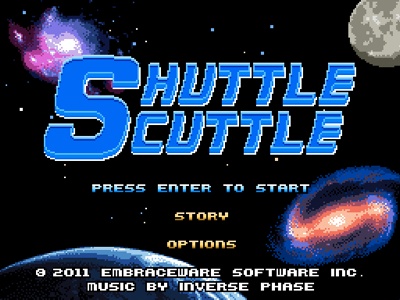An annual study of consumer video consumption habits and platforms conducted by Frank N. Magid Associates (http://www.magid.com) — research-based strategic consulting firm — reveals that despite the increased use of alternative video viewing platforms (like video-on-demand, set-top boxes, instant streaming, and mobile apps), the vast majority of consumers intend to continue to maintain their traditional subscriptions with cable, satellite, and telco TV providers.
For several years, cable, satellite, and telco TV providers have been working under the assumption that as the use of alternative video viewing platforms grows, consumers will increasingly “cut the cord” and cancel their subscriptions. On the contrary, Magid’s new study, “2010: The New Age of Video Entertainment,” uncovers several consumer behaviors that should persuade the industry to take a second look at earlier defection forecasts, including:
° Consumers using the greatest number of alternative platforms also tend to spend the most money on traditional subscription services. This finding appears to undermine the view that the use of alternative video viewing platforms will compel consumers to become “cord cutters,” en masse, by canceling their television subscriptions. In fact, the study shows that alternative video viewing platforms should be considered additive to traditional subscription television.
° Only 10% of consumers express an interest in trying TV show and movie viewing from the Internet to a computer or tablet screen. In contrast, interest surges in viewing this content on a TV screen via a computer connected to the Internet, and it climbs even higher for devices designed specifically to stream content to the TV (such as Apple TV and Roku).
“The average American’s capacity to consume video content is impressive,” says Maryann Baldwin, vice president of Magid Media Futures. “As new video viewing platforms such as instant streaming and mobile apps proliferate, consumers are simply adding them to their portfolio of video viewing options. Our research indicates that this is definitely not a zero-sum game — at least at this point, it appears that traditional subscription services and alternative viewing platforms can coexist with services like ‘TV Everywhere’ locking in revenues for traditional providers.”
In addition, the study indicates that when the availability of Internet content has caused consumers to cancel their traditional service subscriptions, these circumstances remain the exception. Only a very small minority of consumers are even considering canceling their subscriptions:
° Only 1% of consumers report that they have cancelled their subscription service in favor of accessing content available on the Internet, and only 2.5% of consumers use Internet content exclusively.
° In terms of future cancellations, only 3% of consumers report that they are even considering canceling their traditional subscriptions without replacing it with a competing subscription, suggesting a relatively stable subscriber base for traditional providers.
° Purchase and rental of DVDs continue to be most at risk from the growth in use of alternative video viewing platforms.
Magid’s study also sheds light on the rate and magnitude of adoption for 3D television sets. Among them:
° Eight percent of consumers are very likely to purchase a 3D television set in the next 12 months. To provide context, in the early days of HD adoption, Magid found that 8-10% of consumers said they were very likely to purchase a HD television, while annual adoption reflected only 4-5% growth. Should this pattern repeat, Magid predicts that roughly 5% of households will have a 3D television by the fall of 2011.
° Most important, however, is that there has been no change since late 2009 in the proportion of consumers who feel it is important that there is more 3D content. This suggests that the growth in purchases of 3D television sets will not be driven by consumers’ interest in accessing 3D content; instead, the bundling of HD television sets with 3D capabilities presents a more likely short-term growth scenario for 3D adoption.
The online survey was conducted in October 2010 using a nationally representative sample of 1,208 adults age 12 years or older.
— Dennis Sellers



![[NPL] WebTen 3.0 — now with WEBmail](https://www.mactech.com/wp-content/themes/Extra/images/post-format-thumb-text.svg)
